Battle of 15,000 vs 5,000
In January 1868, the Shogunate forces marched towards Kyoto to pressure the Imperial loyalists who had just formed a new government.
On January 27, what started out as a quarrel between the Shogunate forces and the Satsuma-Choshu coalition blocking the road developed into a full-fledged battle with both sides mainly colliding at Toba and Fushimi, strategic locations lying between Kyoto and Osaka.
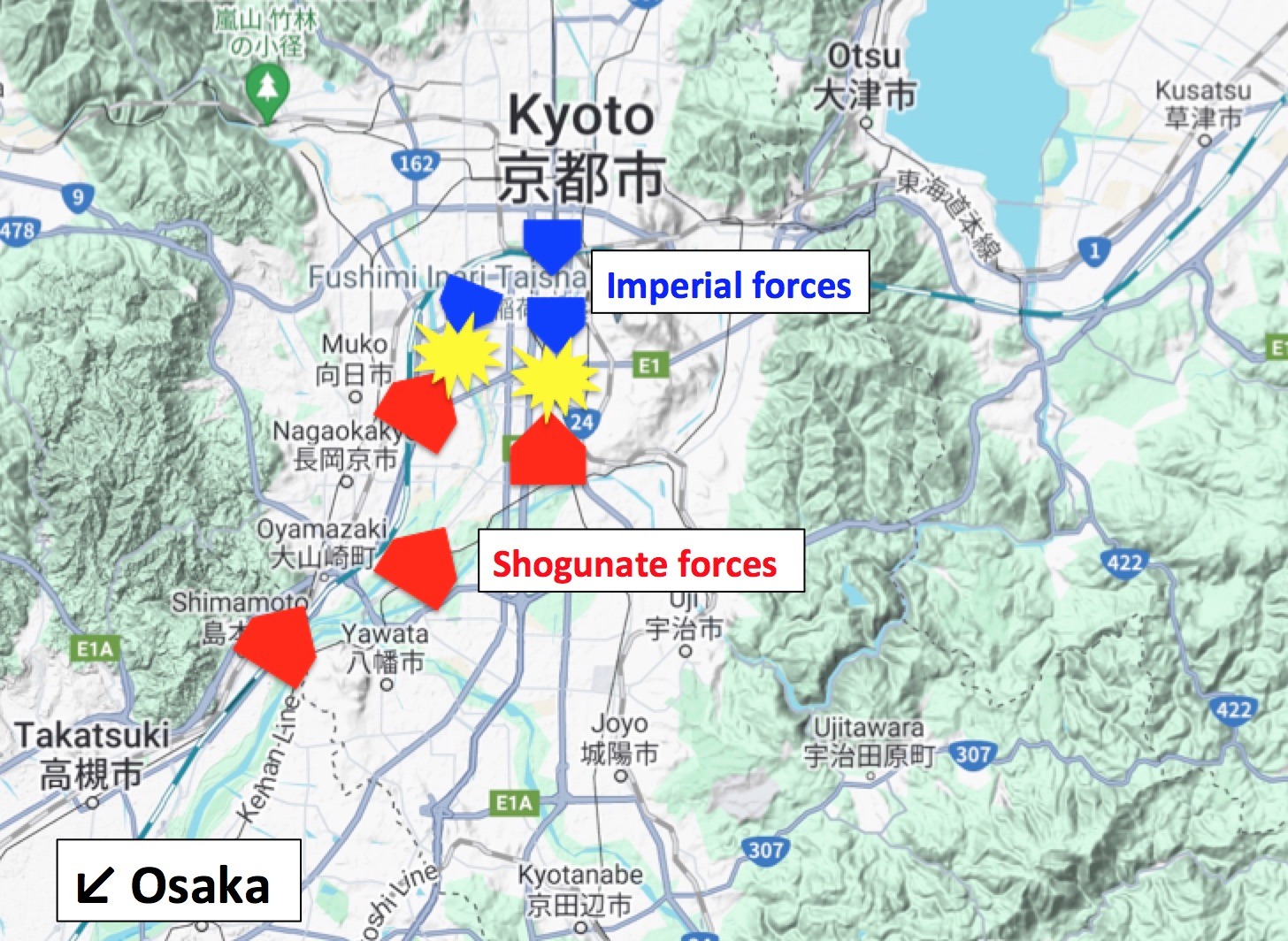
Contrary to popular belief, the Shogunate forces were also equipped with modern weapons such as French rifles, and they enjoyed a numerical advantage of three to one.
Both sides utilized a combination of traditional samurai tactics and modern Western military ones, but the imperial forces led by the Satsuma-Choshu coalition had the upper hand in terms of coordination.
Despite having 15,000 men against the 5,000-strong Imperial loyalists, the Shogunate forces were consisted of various units, clans, and militias. Combat effectiveness varied among the unit or clan, ranging from the well-equipped Regular Army units to outdated clans employing spears.
Basically, the Shogunate forces were a ragtag team lacking a consistent command structure, whereas the Satsuma-Choshu coalition were better unified under a single objective.
A Flag Decides The Outcome
Although heavy fighting was seen throughout each area, the first day of the battle was indecisive with the Imperial forces being slightly advantageous.
Still holding numerical superiority, the Shogunate forces could expect to continue pushing on the next day and eventually break enemy defenses.
The Satsuma-Choshu coalition were indeed better equipped and coordinated, but time was not on their side. A prolonged conflict would not only strain logistics, but might also induce neutral clans to join the Shogunate forces or worse – invite foreign intervention.
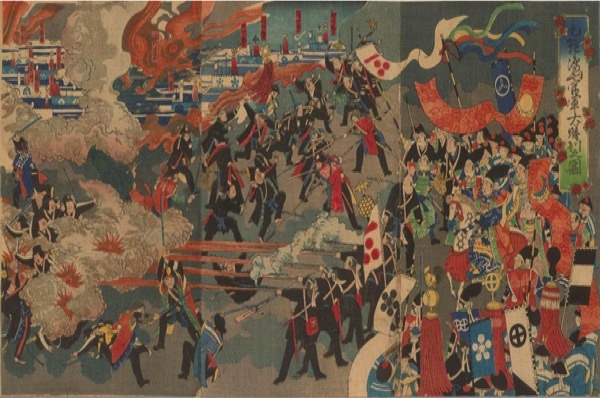
In order to break the deadlock, the Saigo and Okubo took on a daring gamble.
On the second day, Imperial forces brought out the Emperor’s Banner known as the “Nishiki-no-Mihata” to the battlefield.
This flag represented the Emperor and gave legitimacy to anyone who wielded it, designating the opponent as “rebel insurgents.”
Needless to say, the arrival of the Imperial Banner added momentum to the Satsuma-Choshu side, whereas the Shogunate forces disintegrated in stark contrast.
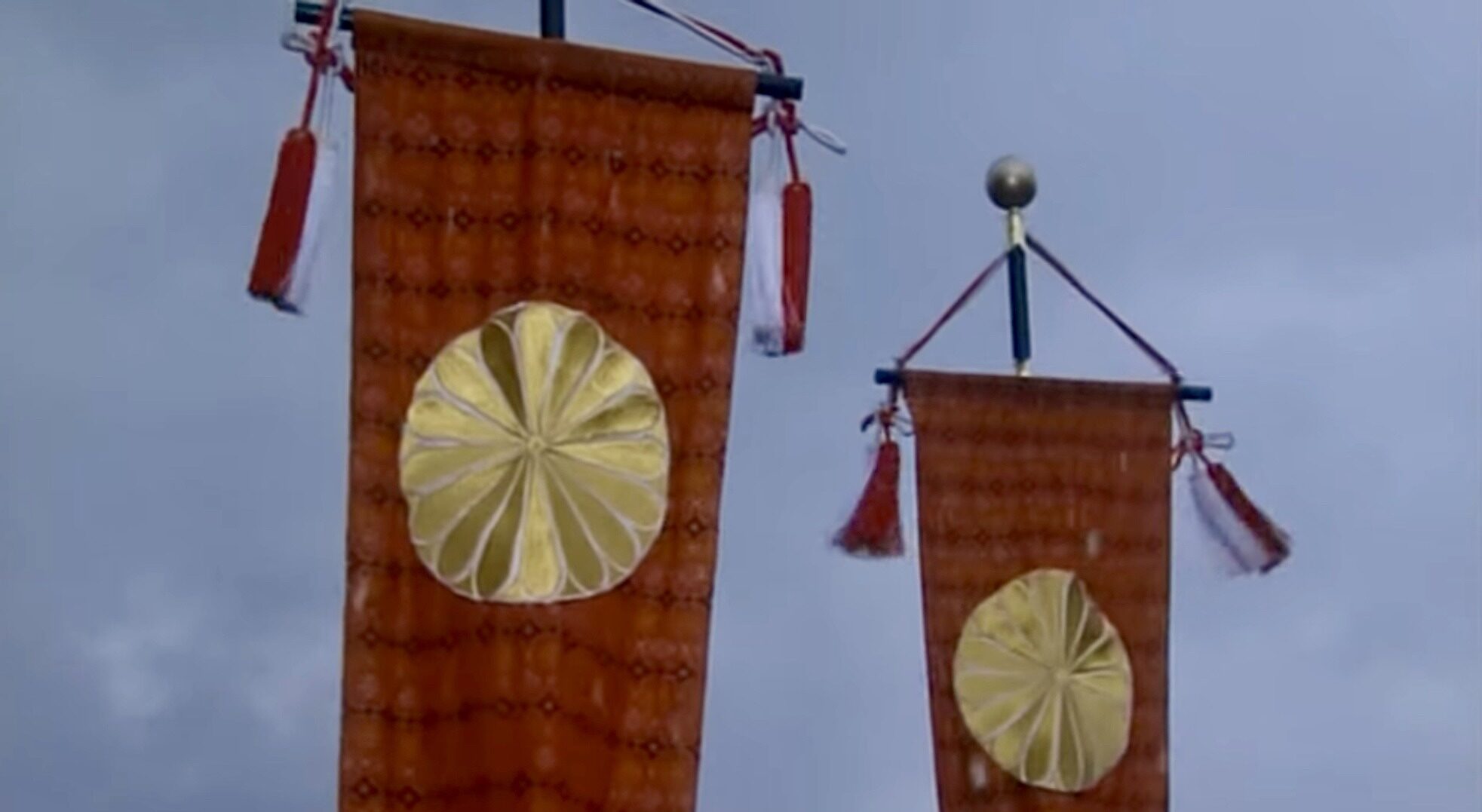 The Emperor’s Banner (Nishiki-no-Mihata)
The Emperor’s Banner (Nishiki-no-Mihata)
Because being labeled as the Emperor’s enemy was equivalent to a death sentence among most samurais, inflicting a critical blow to the Shogunate force’s morale.
One after another, those participating on the Shogunate side started to betray in fear of becoming “enemies of the state” while neutral clans flocked to the Emperor’s side.

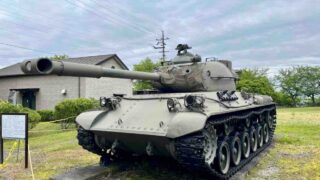

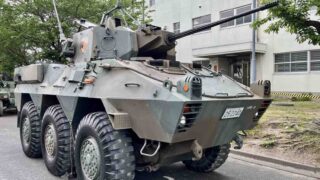
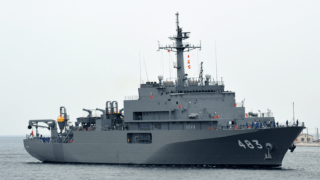
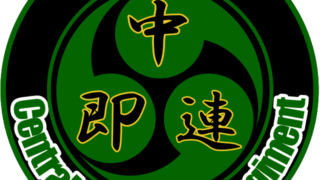
-320x180.jpg)

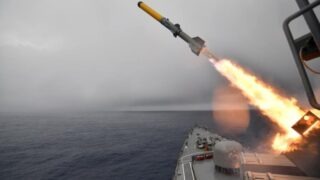
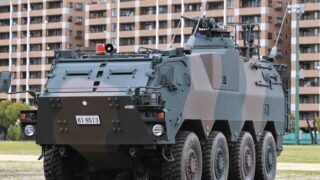
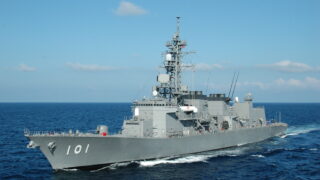
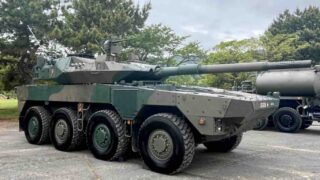
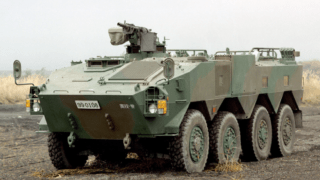
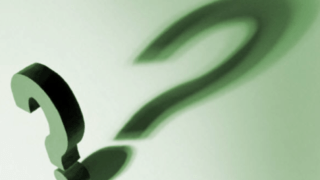
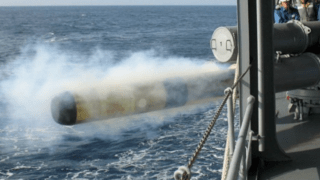

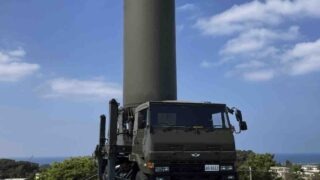
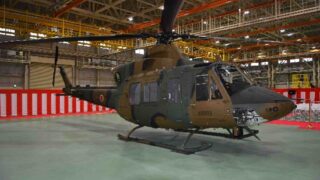

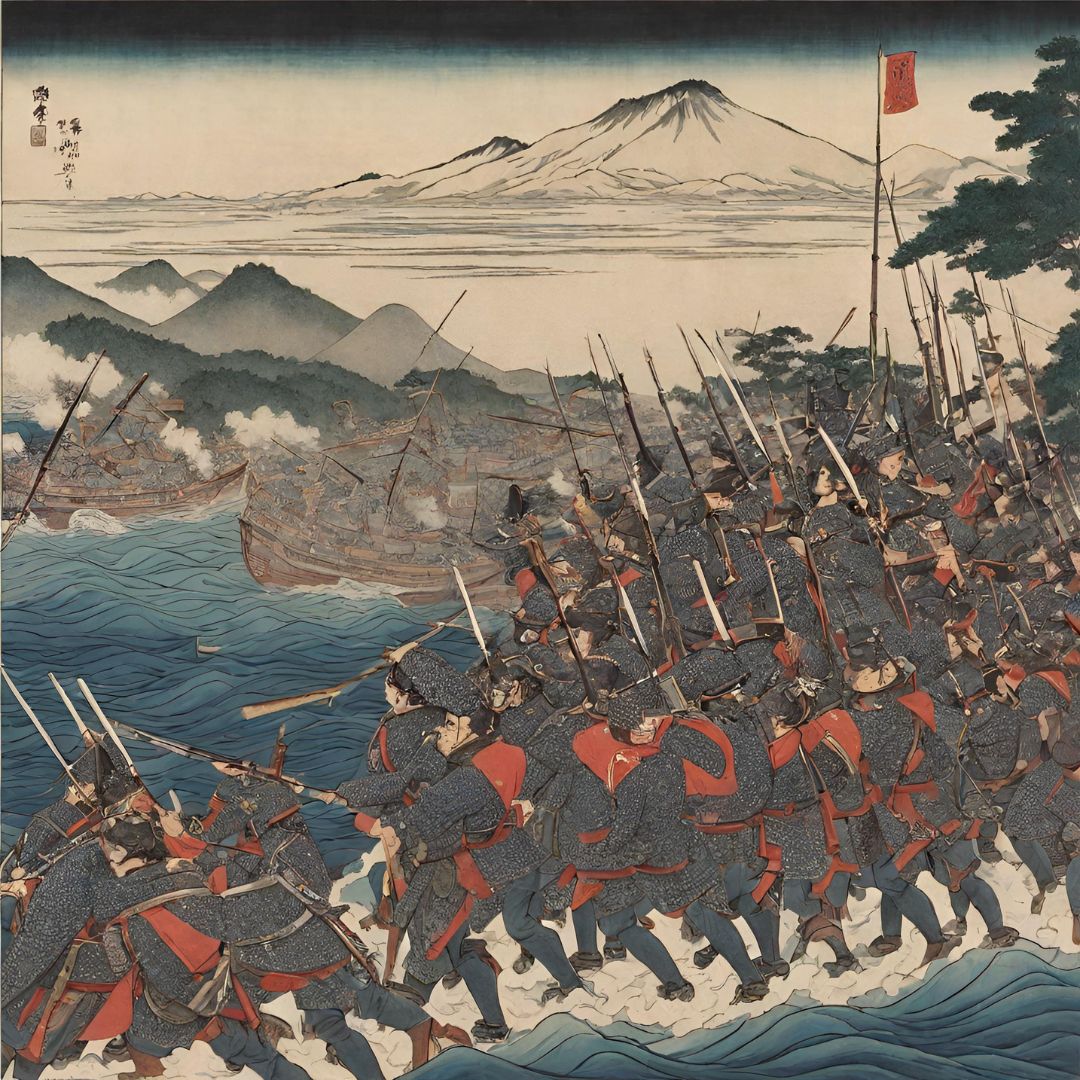
Comments